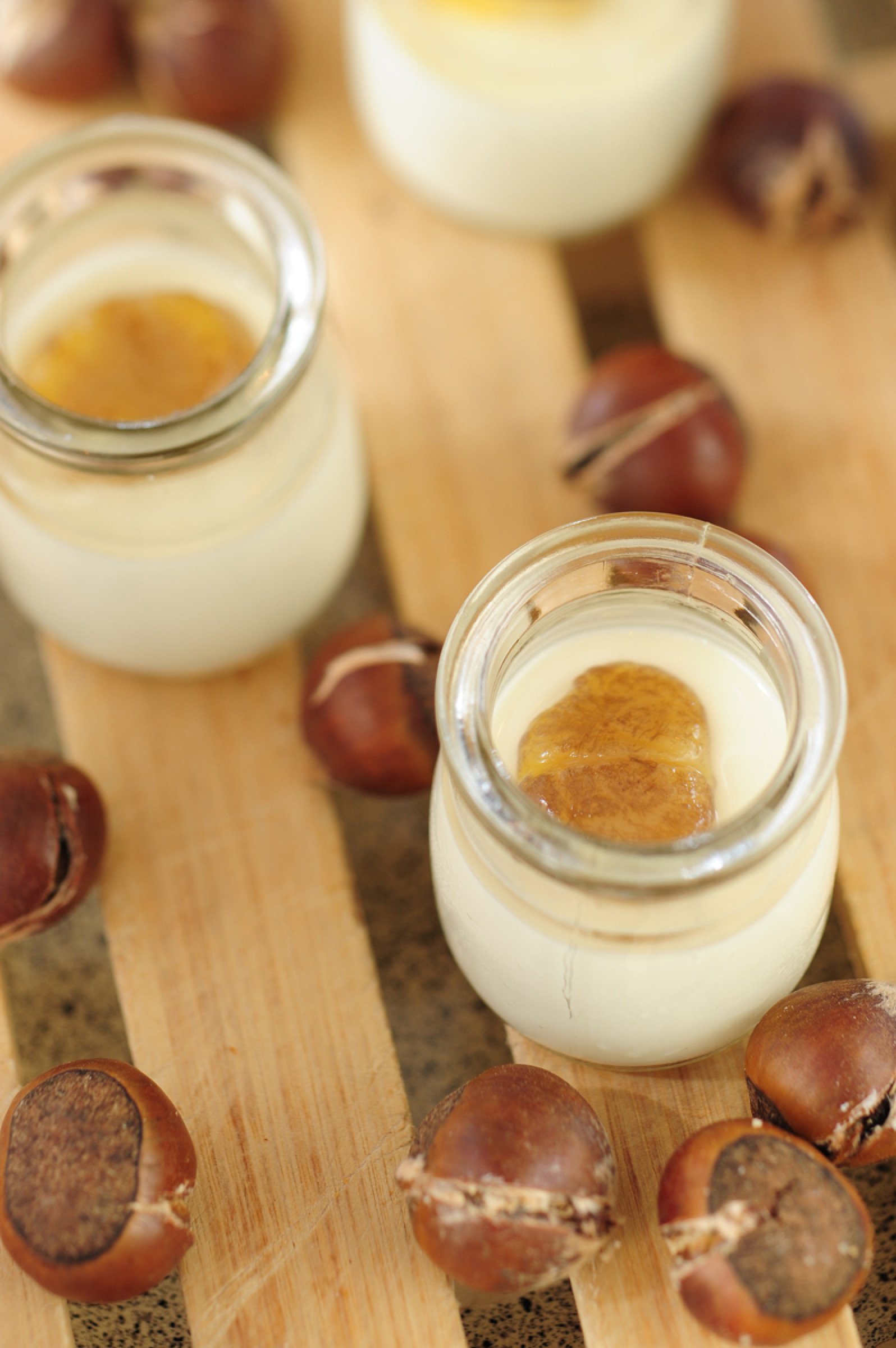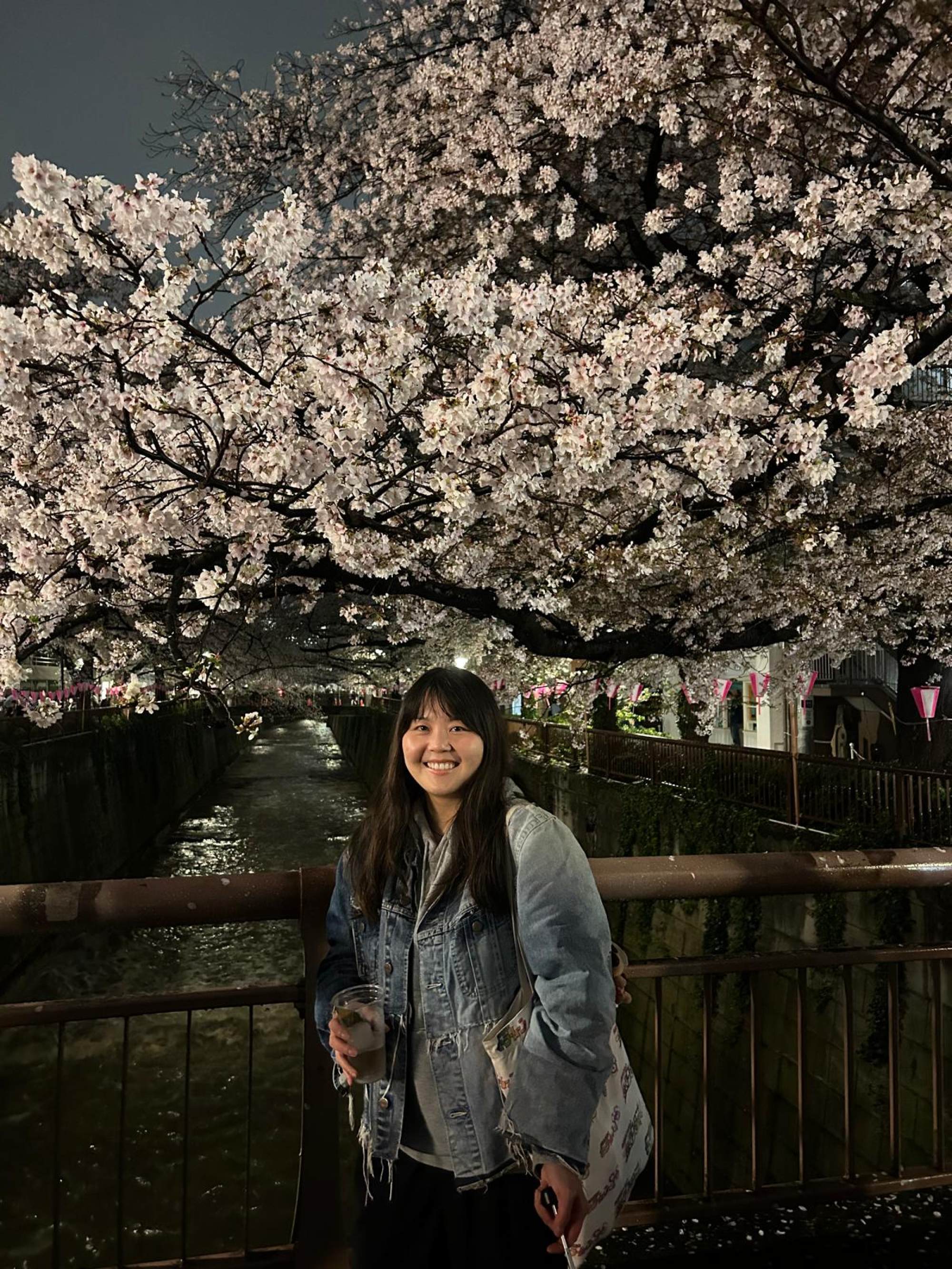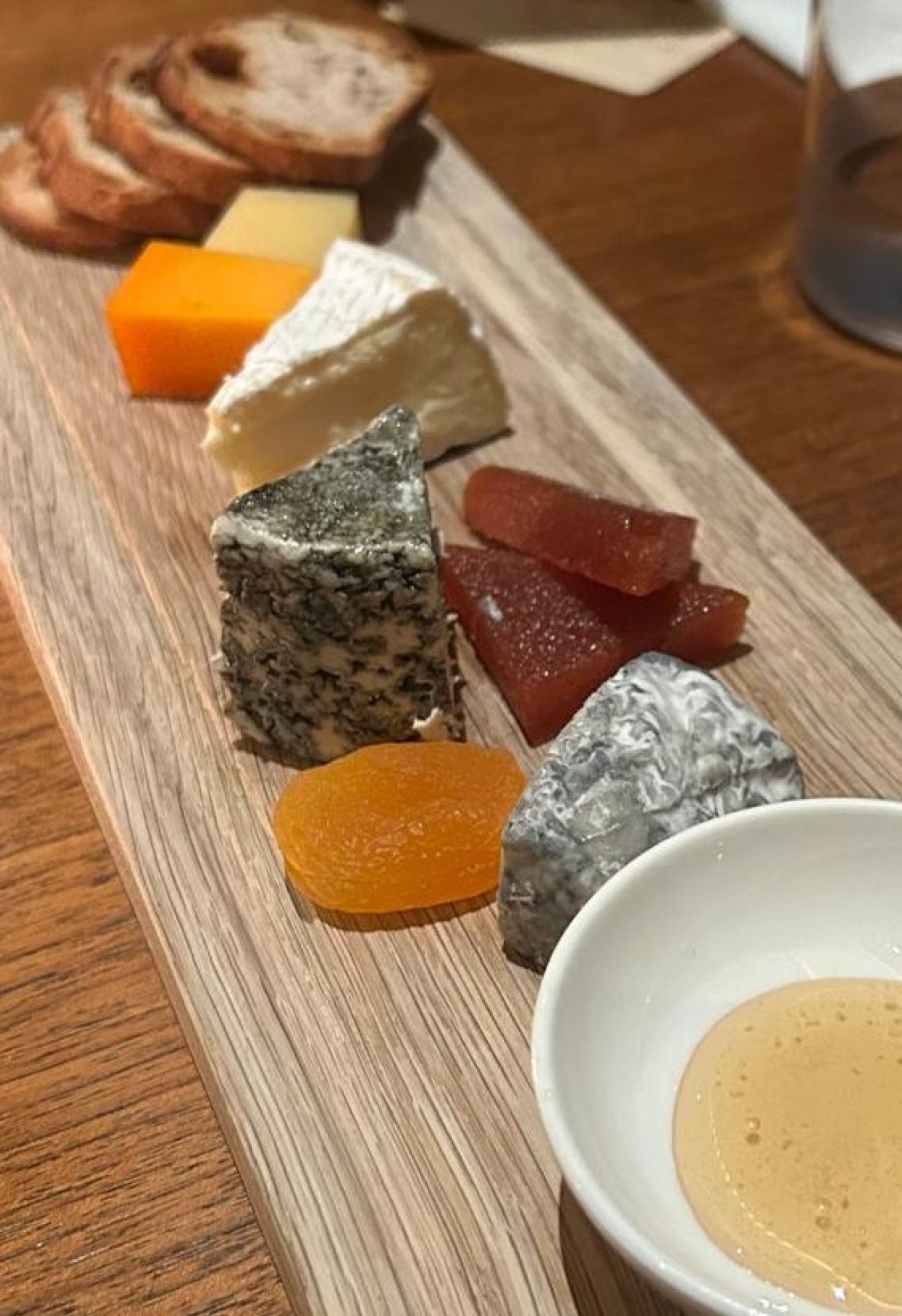
Hokkaido artisan cheese makers on a roll, but can theirs hold a candle to European kinds?
- Cheese from Hokkaido, Japan, is finding fans and winning awards, raising hopes it can take its place alongside French and Italian varieties
Hokkaido, Japan’s northernmost main island, is renowned for its dairy products, from creamy milk to cheesecake, cheese tarts and cheese-flavoured snacks that have become popular souvenirs.
But while Hokkaido cheese is now commonly found on the shelves of high-end supermarkets, it remains a niche choice when it comes to cheese platters, with French and Italian cheeses still more popular.
This isn’t because it lacks quality.

The island’s dairy farmers prioritise animal welfare, ensuring their cows are healthy and not stressed; this affects the quality of their milk and, consequently, that of the cheese.
Cheese making in Hokkaido began to prosper in the late 19th century as Western experts brought their techniques to the island.
Hokkaido cheese is made by excellent artisans using high-quality ingredients from the region, and its quality is internationally recognised
Today, the island produces a wide range of cheeses, from versions of traditional European kinds such as Camembert and Gouda to local varieties.
“I find that a lot of people in Japan prefer soft, light cheeses like mozzarella, mascarpone, Camembert and even processed cheese,” says Kaila Imada, English editor of Time Out Tokyo magazine. “Even when you go to Hokkaido, these softer cheeses are more prevalent in stores versus hard, aged cheese, which is what you’d usually find on a cheese board.”
One of the most famous cheese styles in Hokkaido is Camembert, which has a creamy texture and rich flavour comparable to that of its French counterpart. This cheese benefits from the region’s environment and meticulous production methods.

Another product is simply called Hokkaido cheese – a generic term often used for various types of semi-hard and hard cheeses produced on the island that are known for their distinctive taste and texture.
The popularity of Hokkaido cheese has grown significantly in recent years, driven by local consumption and export demand. The island’s cheeses are now featured in high-end restaurants and gourmet shops across Japan and around the world.
Hokkaido cheese festivals and markets attract tourists eager to sample the cheeses, further boosting the industry.

“We have been seeking every opportunity for our sustainable, environmentally friendly actions and trying to locally source ingredients as much as possible to reduce our carbon footprint while ensuring quality,” says Satoru Takeuchi, executive chef at The Tokyo Edition’s Toranomon and Ginza hotels.
“After numerous tastings with different local producers in Japan, we came across some good Hokkaido cheese makers and decided to work with them.”
As well as the more popular Camembert, the cheese board includes blue cheese, Mimolette and Japanese varieties Kashiwa cheese and aged Nasuno cheese.
The blue cheese is exceptionally creamy, with less funk than French or Danish blues, and the Mimolette has the fruit and nut notes of its European counterparts but is milder.
The Nasuno could easily be mistaken for a goat’s cheese since its skin is covered with charcoal, but it is made of cow’s milk and is aged for 10 days. It is firm and has a crumbly texture, with a rich flavour followed by a moderately acidic aftertaste.

“Hokkaido’s Kashiwa cheese is a hard variety named after kashiwa – or Japanese emperor oak – a tree native to Hokkaido. The cheese is a cross between Gruyėre and Emmental and has a slight pungency and smooth texture. Kashiwa cheese is a bit like Comte,” says Takeuchi, naming another popular French cheese.
What are the next steps to take Japan’s artisanal cheeses to the international stage?
“Dairy products from Hokkaido are pretty well known, but it might be difficult for cheese to make it internationally as there are already so many established cheese producers in other parts of the world like France and Italy,” says Imada.
“Perhaps a way they can get their shoe in the door will be by focusing on what they already do best, which is the soft cheese category.”
This has already begun. Takanashi milk farm’s Camembert won the bronze award in its category in France in 2023 at the Mondial du Fromage – a major dairy industry trade show.
Japan launched biennial cheese awards in 2014 with a mission to evaluate the quality of domestic natural cheeses. The awards will be held for the sixth time this year in October. Takanashi’s Camembert won the Grand Prix at the awards in 2022.
Takeuchi has great hopes for the industry’s future.
“Hokkaido cheese is made by excellent artisans using high-quality ingredients from the region, and its quality is internationally recognised and I expect it to go even further,” he says.

